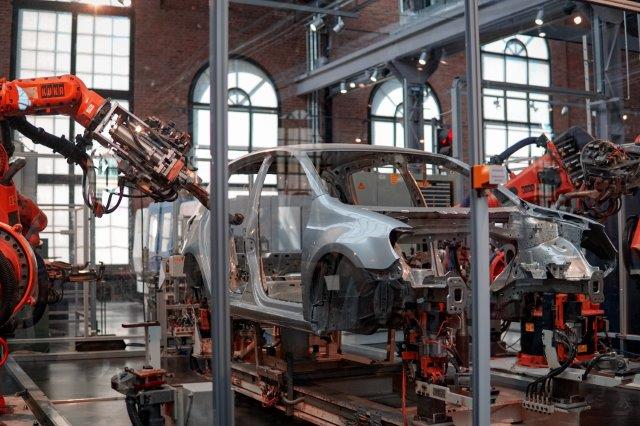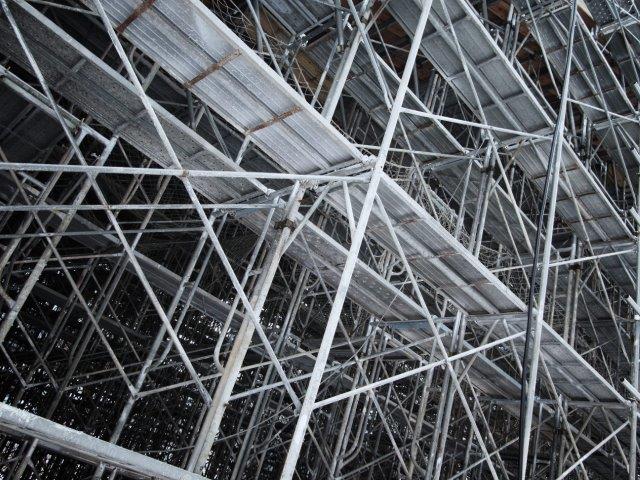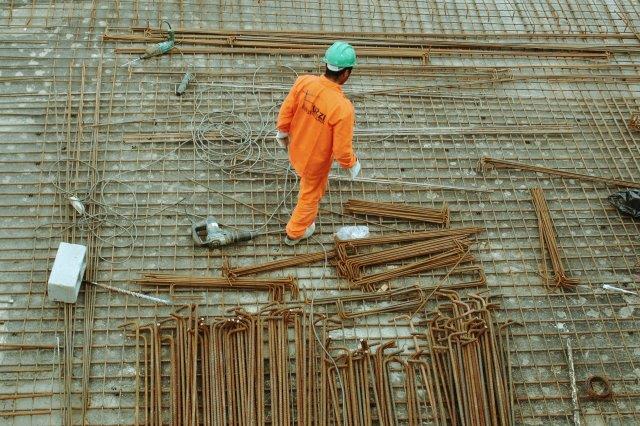
IZA Africa Desk
Urgent call for a broader Metals Industry Roadmap for steel, base metals, and value-added metal products. IZA Africa Desk says the scope of the steel masterplan is not well defined and should encompass a simple Metals Industry Roadmap for steel, base metals, and value-added metal products.
A lack of proper industry consultation is likely to hamper the effective implementation of the steel and metal fabrication sector masterplan, warns the Africa Desk of the International Zinc Association (IZA). “The plan contains problematic proposals such as a steel levy and the formation of a Steel Industry Council. The former is an unnecessary additional tax on industry, while the latter is an equally unnecessary bureaucratic intervention,” warns IZA Africa Desk Manager Simon Norton.
“The role of the Department of Trade, Industry and Competition needs to be clearly defined and kept to a minimum. There must be four to five clearly identified achievable target goals; reference to B-BBEE must be removed and ‘localisation’ should be removed with its so-called ‘policing’, as industry needs to operate free of state encumbrances,” emphasises Norton.

The masterplan was signed on Friday 11 June 2021 by Minister of Trade, Industry and Competition Ebrahim Patel. It is the outcome of a draft document unveiled in October 2020 as a consolidation of discussion outcomes between various parties, government facilitators, and public entities.
Norton highlights that the IZA Africa Desk endorses the submissions made by the Steel and Engineering Industries Federation of South Africa (SEIFSA) in October 2020 as a response to the draft steel masterplan. It notes that the masterplan “tries to take a different approach by seeking solutions rather than reiterating the well-known prevailing challenges of the steel and engineering industry.”
These include implementation and execution of the masterplan, which is the proposed ambit of the yet-to-be constituted Steel Industry Council. The masterplan highlights the need to improve on investment, expand and create jobs, promote local productive capacity via localisation, and boost export-oriented manufacturing or import substitution industrialisation, in line with the National Industrial Policy Framework.
Norton argues that the scope of the masterplan is too wide and not well defined enough and should encompass a simple Metals Industry Roadmap that accounts for steel, base metals, and value-added metal products and in particular offers defined solutions to the critical need for reliable, cheap, and consistent electrical power supply, as well as boosting steel and metals demand within South Africa.

“It is time to shrink the number of national government departments and use taxpayer funds to get the steel and metals industry moving and thus grow employment and national GDP,” stresses Norton. He adds that South Africa must build cyclic fluidised bed coal and waste fired power plants, combined with oxygen combustion, to create reliable power base load in key locations such as Richards Bay, the Port of Ngqura, and Saldanha Bay to power the value-added metal products sector.
South Africa is one of the largest steel producers on the continent. According to the World Steel Association, South African steel manufacturers produced 5.7 million metric tons of crude steel in 2019, second only to Egypt, while the sector employs around 200 000 workers. Top steel-consuming sectors such as the mining, construction, and automotive industries contribute R600 billion to South Africa’s GDP (about 15%) and employ eight million workers.
The Metals Industry Roadmapproposed by the IZA Africa Desk sets the following goals:
- The immediate ordering by central government of Wartsila multifuel (LNG and liquid fuels) emergency power plants to in Cape Town, Durban, Saldanha Bay, and Richards Bay to easily import gas and liquid fuel and thereby stop blackouts.
- The issuing of multiple new tenders from PRASA and MetroRail, free of B-BBEE, for the complete revamp of all Gauteng and Western Cape rail infrastructure as well as national rail stations, to be adjudicated and decided by 1 November 2022.
- The immediate reopening of the Saldanha steel mill.
- The immediate privatisation of Transnet and Transnet pipelines within three to six months and the sale of rail links such as Sishen-Saldanha to top US-based rail operators.
Providing a blueprint for the South African metals industry to re-energise itself and expand production, the Metals Industry Roadmap is likely to increase local uptake of refined zinc for galvanizing, die-casting, and zinc coating, the consumption of which plummeted from 139 000 t in 2003 to 72 000 t in 2021. South Africa has 20% of the world’s zinc deposits, but no longer refines any zinc following the closure of the Zincor refinery in Springs by Exxaro at end 2011. Up to that point, the country produced 110 000 t/y of refined zinc worth about R4.3 billion. From 2014 to 2019, it instead imported R15 billion worth of refined zinc.
More news
- PART 2: CONCRETE IN THE DESIGN OF A UNIQUE LUXURY HOME IN GEORGE, SOUTH AFRICA
- PART 1: CONCRETE IN THE DESIGN OF A UNIQUE LUXURY HOME IN GEORGE, SOUTH AFRICA
- MVULE GARDENS, AFRICA’S LARGEST 3D-PRINTED AFFORDABLE HOUSING PROJECT
- PART 3: HARNESSING THE POTENTIAL OF HIGH SULPHUR FLY ASH IN CONCRETE PRODUCTION
- PART 2: HARNESSING THE POTENTIAL OF HIGH SULPHUR FLY ASH IN CONCRETE PRODUCTION

